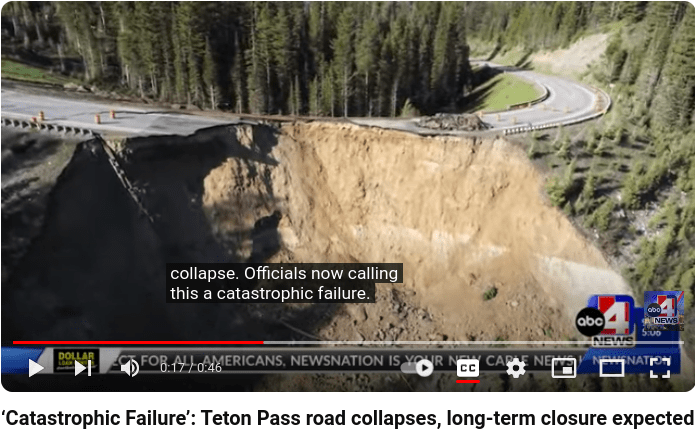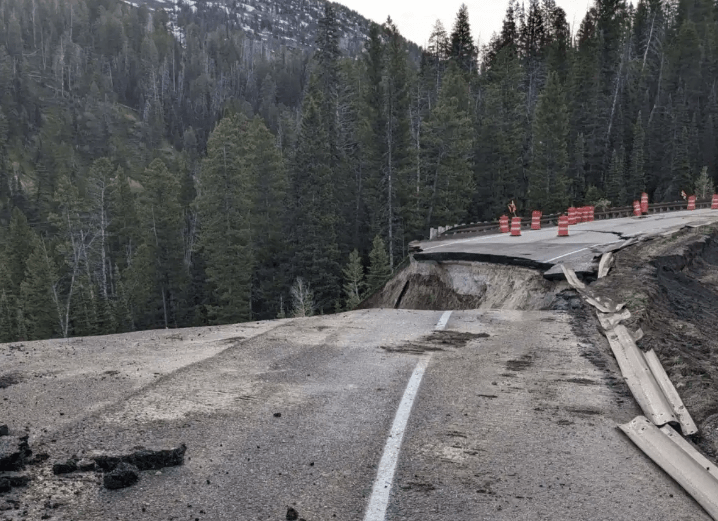FacEngrPE
Mechanical
- Feb 9, 2020
- 1,643
WYDOT shares video of Teton Pass landslide damage]
Commentary from Casey Jones
ITD assists WYDOT as travelers must detour with closure of Teton Pass

 [pre][/pre]
[pre][/pre]
Commentary from Casey Jones
ITD assists WYDOT as travelers must detour with closure of Teton Pass
IDT said:drivers should plan an additional 30-75 minutes of travel time between jackson hole and .


